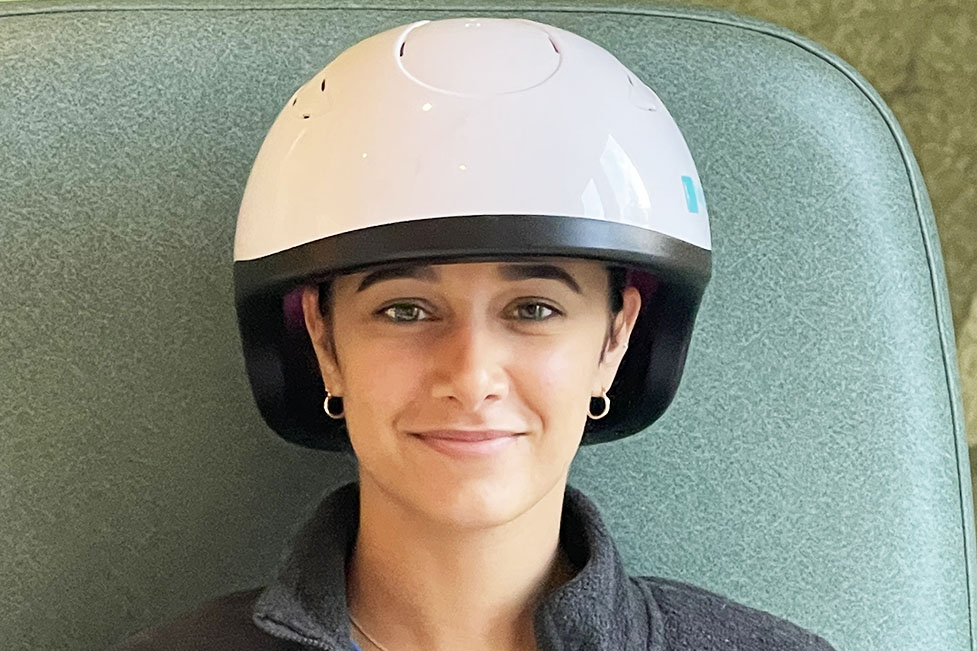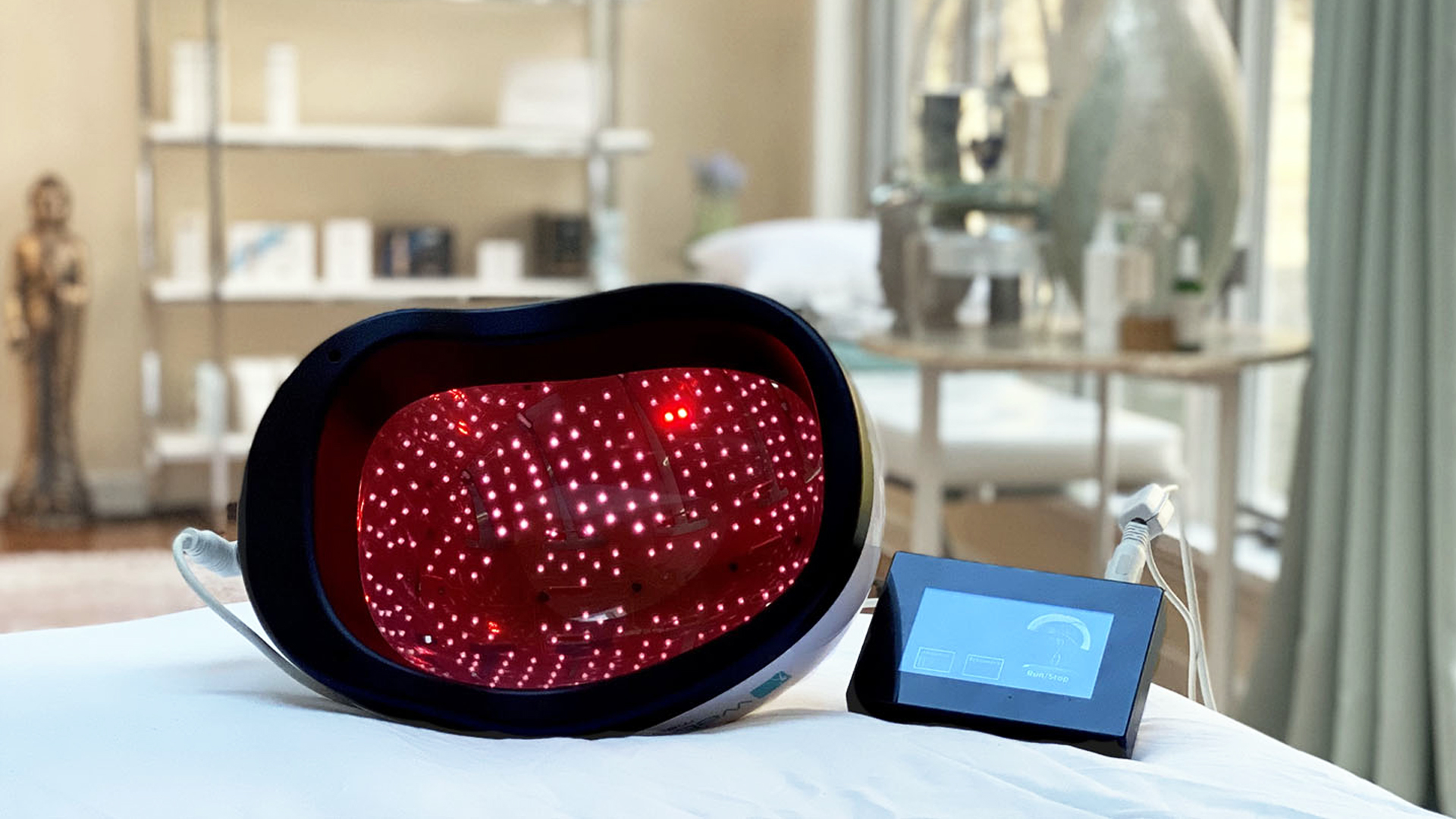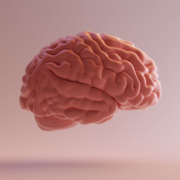Transcranial Photobiomodulation: Uses & Benefits
Transcranial Photobiomodulation: Uses & Benefits
Your brain is your most valuable asset, and while it is resilient, it is also vulnerable. As the control center of our entire being, traumatic events to the brain, as well as diseases and disorders, have a cascade effect on our health and lives. While Big Pharma has a plethora of brain-specific medications to address common disorders like depression and anxiety and treat symptoms associated with degenerative diseases, the drug indications are not often focused on healing.
The benefits of light therapy have been known for some time, but transcranial photobiomodulation is an application that is gaining some significant headway (no pun intended!) in treating brain damage, diseases, and disorders.
What Is Transcranial Photobiomodulation (tPBM)?
Photobiomodulation is a term used to describe the use of “near-infrared light to stimulate, heal, regenerate, and protect tissue that has been injured, is degenerating, or else is at risk of dying.” The use of non-ionizing electromagnetic energy triggers photochemical changes on a cellular level, especially within the mitochondria. When this application is used on the brain, transcranial is often tacked on to the term.
Funny story: low-level light therapy (LLLT) for wound healing was actually an accidental discovery.
In 1967, Endre Mester from Hungary was replicating an experiment that had recently been published in McGuff in Boston that involved the use of a newly discovered ruby laser to destroy cancerous tumors. The ruby laser that Mester was able to get his hands on provided only a tiny fraction of the power that the US version produced. So, instead of destroying the cancerous tumors on his rat patients, he actually stimulated hair growth and wound healing around the sites where the tumors had been implanted. Mester coined the term “laser biostimulation” in the paper he wrote describing his discovery.
With the advance of technology and the introduction of light-emitting diodes (LED), this type of therapy became far more accessible, and as research progressed started being used to treat disorders of the brain.

What is tPBM used for?
Today, tPBM is used on individuals enduring Alzheimer’s and Parkinson’s disease, suffering the effects of stroke, global ischemia, or a traumatic brain injury, or dealing with psychiatric disorders, such as depression and post-traumatic stress disorder. However, tPBM is also used on individuals who are not experiencing any of the aforementioned conditions, as everyone can benefit from improving their brain function.
How Does Transcranial Photobiomodulation Work?
Photobiomodulation works on a deep cellular level. The low-level visible red to near-infrared light energy is absorbed by the mitochondria and converted into ATP (the primary molecule for storing and transferring energy to cells). At the same time, reactive oxygen species are briefly created, which help improve gene transcription and promote cellular repair and healing. In addition, the light also works to release stagnant nitric oxide (NO) back into the system; NO plays a major role in cellular communication and is also a vasodilator. This translates to improved oxygen availability, circulation, and lymphatic flow.
The result of improving brain cell function is increased cellular energy, enhanced cellular signaling and communication, more efficient cellular waste removal, decreased oxidative stress, and less inflammation. It also supports cellular repair and regeneration. By improving these functions, you are creating an environment conducive to healing.
What’s unique about tPBM is that it can be applied long term and at home. The LED Infrared Helmet by Weber Medical is an innovative helmet that administers the prescribed LLLT from the comfort of your home. This wearable technology works by emitting light to specific points on your head.
How Does tPBM Help with Depression?
The perpetuation of unrelenting states of depression and anxiety directly affects physical health and quality of life. Similar to chronic stress, depression can compromise the immune system, increase global inflammation, impair cognition, disrupt sleep, impact appetite, and deplete energy levels. Management and current treatments for depression come with many challenges and have limitations, though.
Transcranial photobiomodulation is a non-invasive therapy that has gained a lot of traction in the mental health community over the past two decades as an alternative or supplement to traditional treatment approaches. Studies, as outlined in Ray Marks’s publication “Photobiomodulation, Depression, Anxiety, and Cognition,” have found that tPBM can:
- Improve neuron metabolic capacity
- Reduce oxidate stress, neuroinflammation, and cell death associated with depression
- Improve mitochondrial dysfunction
- Improve neurogenesis (ability to regenerate nerves/neurons)
- Increase blood flow to the brain
- Augment cerebral energy metabolism (a contributing factor to depressive manifestations)
- Positively impact neurotransmitter abnormalities
- Provide pain relief associated with depressive states
- Improve brain activity patterns that may provoke depression and anxiety states
- Enhance the effects of cognitive training approaches
- Improve overall cognitive function
Supporting the Healing Process
We are natural healers. But healing isn’t some mystical endeavor, it requires our conscious effort to support and utilize our bodies’ innate mechanisms. Transcranial photobiomodulation is a therapy that works to do just that on a cellular level in our brains. By supporting functions like cellular repair and regeneration, detoxification, circulation, and lymphatic flow, you are inadvertently supporting your ability to heal. To heal we must support the healing process.

Disclaimer: The statements made in this article have not been evaluated by the Food and Drug Administration. Any products or treatments mentioned are not intended to diagnose, treat, cure, or prevent any disease. Please consult a licensed medical practitioner for medical advice.
At Innovative Medicine, we believe in transparency. We want you to know that we may participate in affiliate advertising programs pertaining to products mentioned herein.
See how we can help you restore complete health of body, mind & spirit.
Join our mailing list and receive exclusive offers + information!







Leave a Reply
Want to join the discussion?Feel free to contribute!